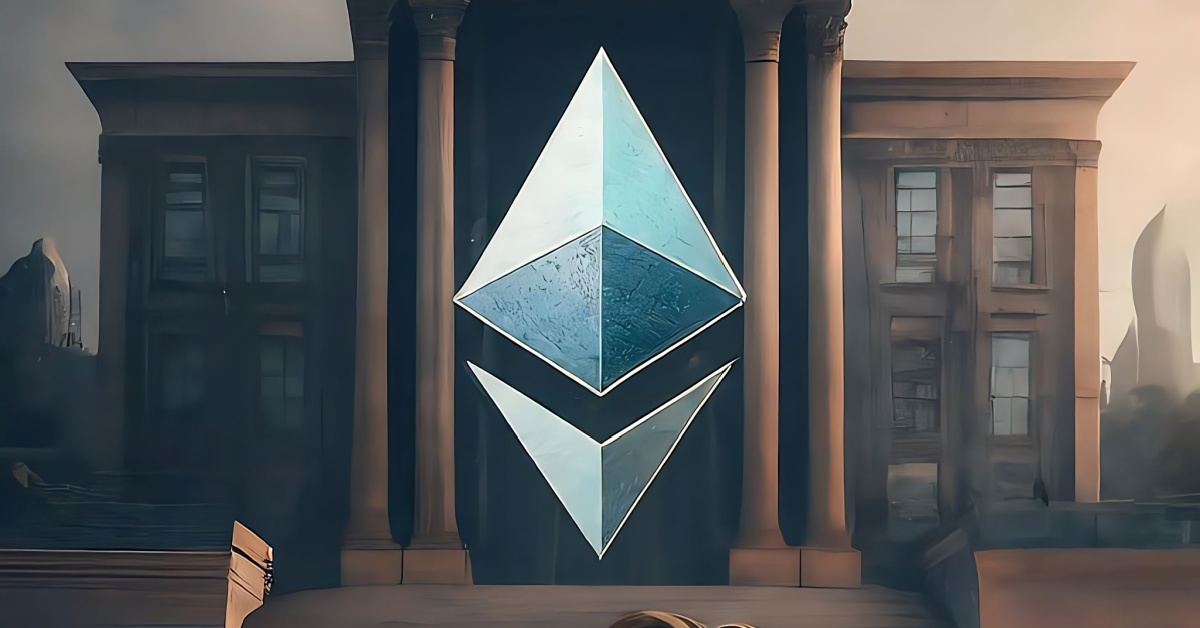Neal Stephenson, the author who coined the term “Metaverse” 30 years ago is launching a Metaverse-focused blockchain project called LAMINA1.
He has also revised his vision for the Metaverse stating the experience is likely to be geared more toward flat 2D screens and rather than virtual reality or augmented reality tech such as headsets and lenses, as in the model posited by Meta and Microsoft.
Stephenson is a popular speculative fiction author who explored the concept of a virtual reality world called the Metaverse in his sci-fi novel Snow Crash in 1992. Outside of writing the 62-year-old also served as the chief futurist for an augmented reality ( AR) firm called Magic between 2014 and 2020.
According to a June 8 announcement from OG crypto investor and former Bitcoin Foundation chairman Peter Vessenes, Stephenson and he have co-founded a new layer-1 blockchain called LAMINA1 that they hope will act as the “base layer for the Open Metaverse.”
“A place to build something a bit closer to Neal’s vision — one that privileges creators, technical and artistic, one that provides support, spatial computing tech, and a community to support those who are building out the Metaverse,” Vessenes wrote, adding that the network will “probably” be carbon negative.
Specific details on the project are sparse at this stage, however Ethereum co-founder Joseph Lubin marks a notable name on the project’s list of early investors.
Commenting on what the co-founders’ roles will be at LAMINA1, Vessenes stated:
“Neal brings his vision, wisdom, experience, and some core goals: helping get artists and other value creators paid properly for their work, helping the environment […] and seeing a truly Open Metaverse get built instead of seeing the Metaverse vision co-opted by monopolies.”
Vessenes noted that he will be focused on getting the blockchain off the ground quickly as he works to get “the necessary governance, technology, node operators, IP partners, artists, business partners, and funds up and running.”
Stephenson’s 1992 novel depicts the Metaverse as a virtual urban environment that is accessed via a worldwide fiber-optic network and VR headsets. There are themes of social inequalities, centralized control, and constant advertisements while the concept of virtual real estate also features in the book.
Stepheson shared some musings about the Metaverse on Twitter earlier today, as he predicted that much of the Metaverse will be created for screens and not VR headsets.
The assumption that the Metaverse is primarily an AR/VR thing isn’t crazy. In my book it’s all VR. And I worked for an AR company–one of several that are putting billions of dollars into building headsets. Aim…
— Neal Stephenson (@nealstephenson) June 8, 2022
Stephenson noted that when he first wrote about it three decades ago, he didn’t foresee high-quality video games rolling out to consumers on a mass scale in the future.
“Thanks to games, billions of people are now comfortable navigating 3D environments on flat 2D screens. The UIs that they’ve mastered (eg WASD + mouse) are not what most science fiction writers would have predicted. But that’s how path dependency in tech works.”
The author went on to add that modern game development is still geared around screens for both the developer and the consumer, and that if anything, a hybrid approach for the Metaverse that covers both 2D screens and AR/VR tech will be utilized, as opposed to purely VR.
“We fluently navigate and interact with extremely rich 3D environments using keyboards that were designed for mechanical typewriters. It’s steampunk made real. A Metaverse that left behind those users and the devs who build those experiences would be getting off on the wrong foot,” he said.
Related: Metaverse tokens up 400% year on year despite altcoin bloodbath














